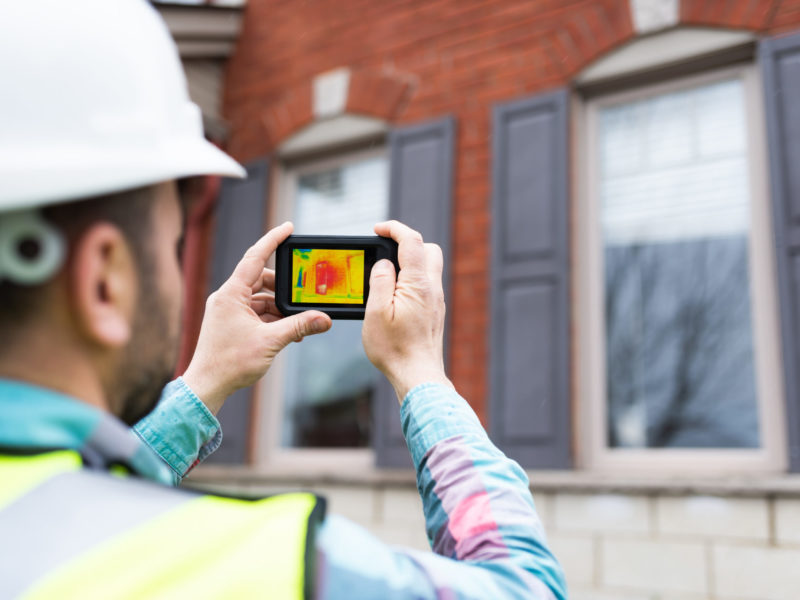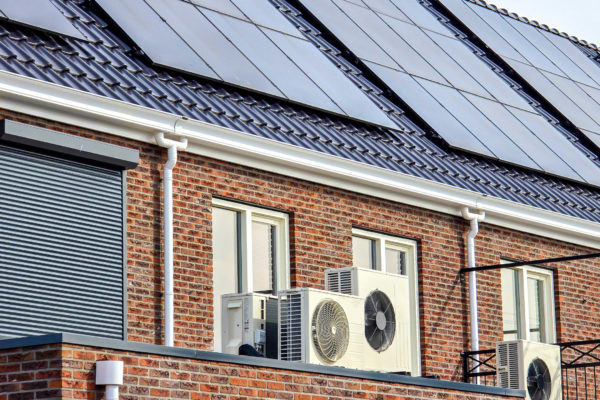New research by SIB has shown that the UK’s community buildings are in desperate need of renovation. The sector’s buildings are in a worse condition than other non-domestic buildings, resulting in lower quality buildings with higher bills and emissions.
However, the research has also uncovered that there are a few small, simple improvements which could improve their energy efficiency and keep them safe from regulations. Community buildings need investment and support to be able to make these improvements.
The 3 key findings of the paper are summarised here:
Community buildings are falling behind
SIB’s research has shown that improvements in the energy efficiency of community buildings have lagged far behind other non-domestic buildings. Non-domestic buildings have improved their energy efficiency 60% more than community buildings since 2008. This difference is most stark since 2017, when other non-domestic buildings have improved at more than double the rate of community buildings. This results in higher energy bills and carbon emissions for the community sector.
In 2023, the Government stalled its policy of raising the minimum standard of an EPC from an E to a C. However, it is likely that this could rise in the future. It is therefore crucial that the UK’s community buildings are upgraded to keep them secure for decades to come.
Easy energy efficiency upgrades are possible
An important finding from SIB’s research is that many community buildings have been missing out on making ‘low hanging fruit’ improvements, such as draughtproofing, installing efficient lighting, or adding heating controls.
These simple, cheaper measures can improve EPC ratings, keeping community buildings safe if the Government does tighten regulations in the future. These measures are important for the community sector to undertake, as they provide a clear pathway to keeping community buildings open in the future.
Investment and support is needed to address the challenges
The need to upgrade community building’s energy efficiency is important. There is also a clear pathway to begin upgrading our buildings through easier improvements. However, community buildings are falling behind the rapid pace of change that is currently needed and is showing signs of falling behind further.
Intervention is needed through investment and support to prevent the gap continuing to widen. Without this investment, we will not be able to future-proof our community buildings and meet the challenge of Net Zero.





